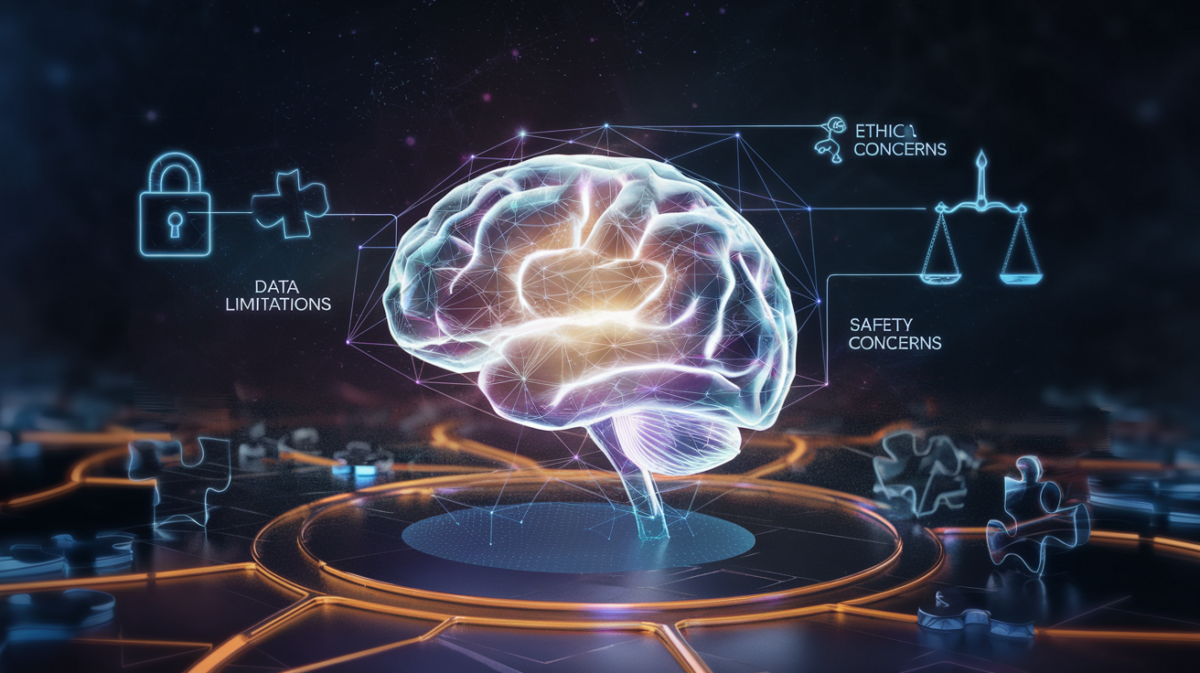Artificial General Intelligence (AGI) represents the pinnacle of AI development—a system capable of understanding, learning, and applying knowledge across diverse tasks, much like a human. While AI has made remarkable strides in recent years, achieving AGI remains an elusive goal. Here’s why experts believe AGI is still far from reality.
The Gap Between AI and Human Cognition
Current AI systems, such as large language models (LLMs) like ChatGPT, are highly specialized. They excel in narrow tasks but lack the adaptability of human intelligence. These models don’t “understand” the world; they predict outcomes based on patterns in data. For example, ChatGPT can write an essay but doesn’t grasp the meaning behind the words.
Key Challenges to Achieving AGI
Several obstacles stand in the way of AGI development:
- Data Dependency: AI requires massive datasets to learn, unlike humans who can generalize from limited examples.
- Ethical and Safety Concerns: Ensuring AGI aligns with human values is a monumental challenge.
- Resource Intensity: Training advanced AI models costs millions, limiting widespread AGI research.
- Unpredictability: The path to AGI is fraught with unknowns, making it hard to forecast breakthroughs.
Expert Opinions on AGI’s Timeline
Views on when AGI might arrive vary widely:
| Expert | Prediction |
|---|---|
| Demis Hassabis (DeepMind) | AGI possible by 2030 |
| Paul Allen (Microsoft Co-founder) | AGI unlikely this century |
The AI Arms Race and Its Risks
The rush to develop AGI has sparked a global competition among tech giants and nations. While this drives innovation, it also raises concerns about safety and ethical oversight. Cutting corners in the race for AGI could lead to unintended consequences.
Why AGI Isn’t Around the Corner
Despite rapid advancements in AI, AGI remains a distant prospect due to:
- Fundamental Limitations: AI lacks the holistic understanding of human cognition.
- High Costs: The financial and computational resources needed are prohibitive.
- Divergent Research: Experts disagree on the feasibility and timeline for AGI.
Looking Ahead
While AGI may not arrive soon, the pursuit of it continues to push the boundaries of AI. Researchers are exploring new paradigms, such as neuromorphic computing and hybrid models, to bridge the gap between narrow AI and AGI. For now, though, AGI remains a fascinating but distant goal.
As the field evolves, one thing is clear: achieving AGI will require not just technological breakthroughs but also a deeper understanding of intelligence itself.







